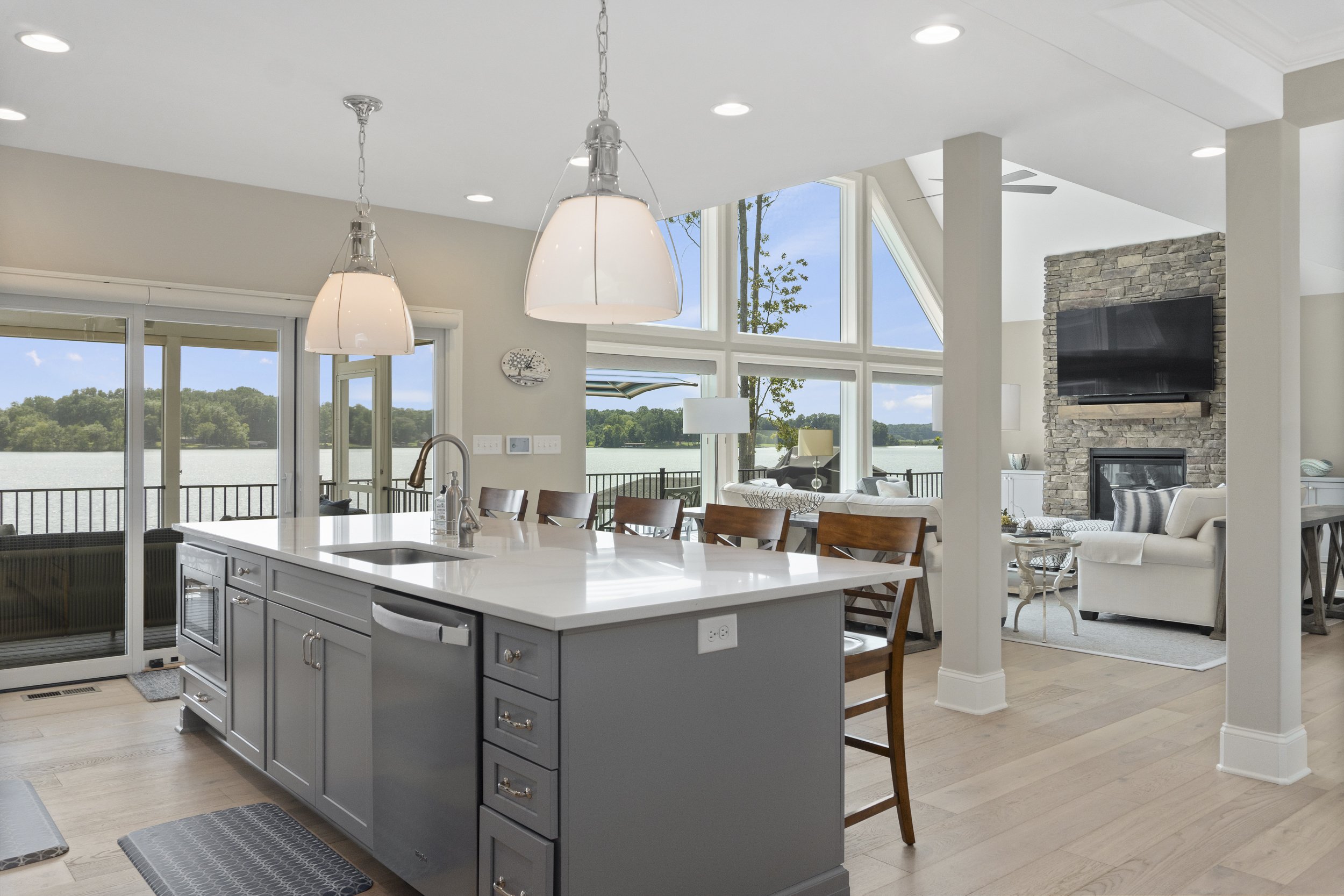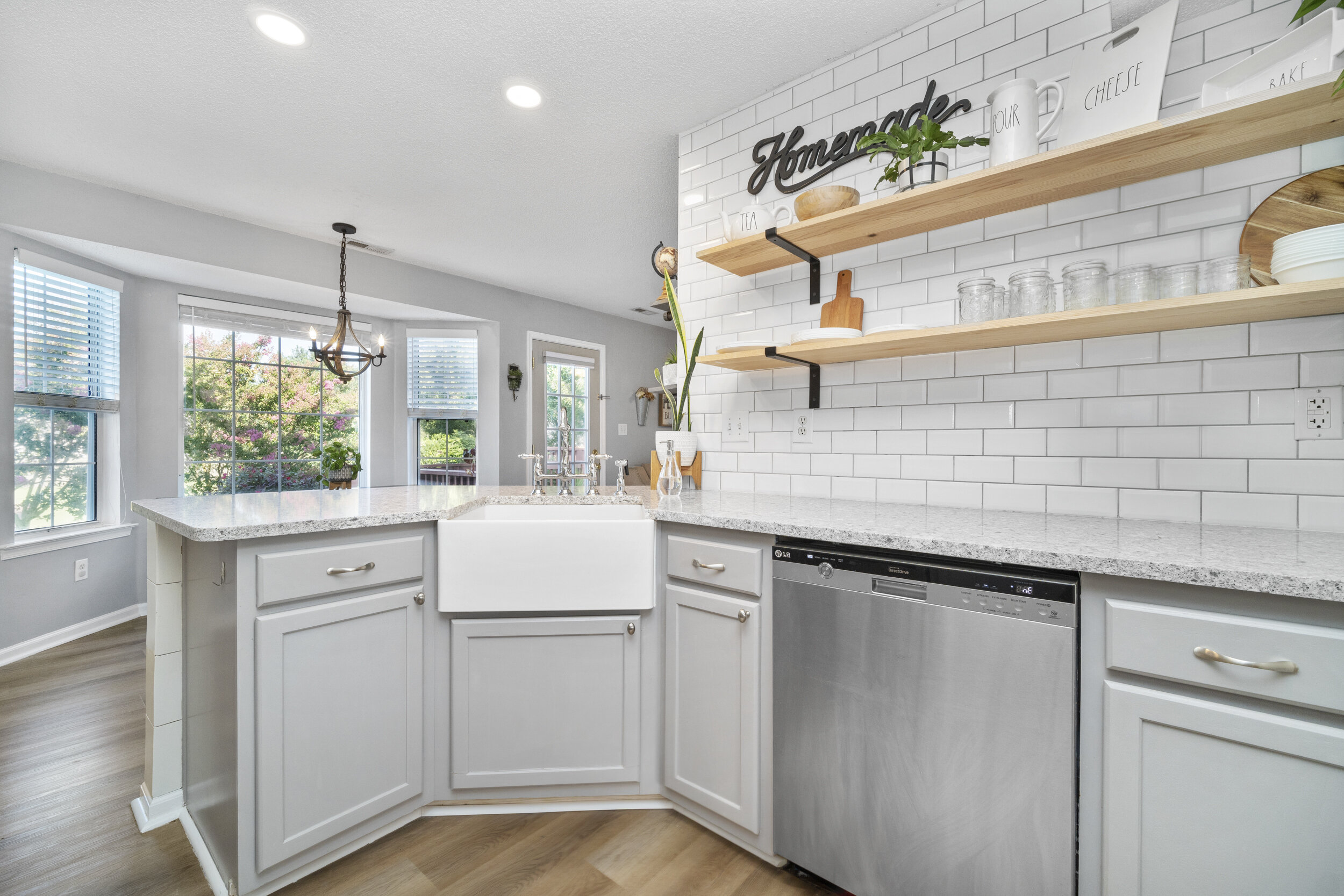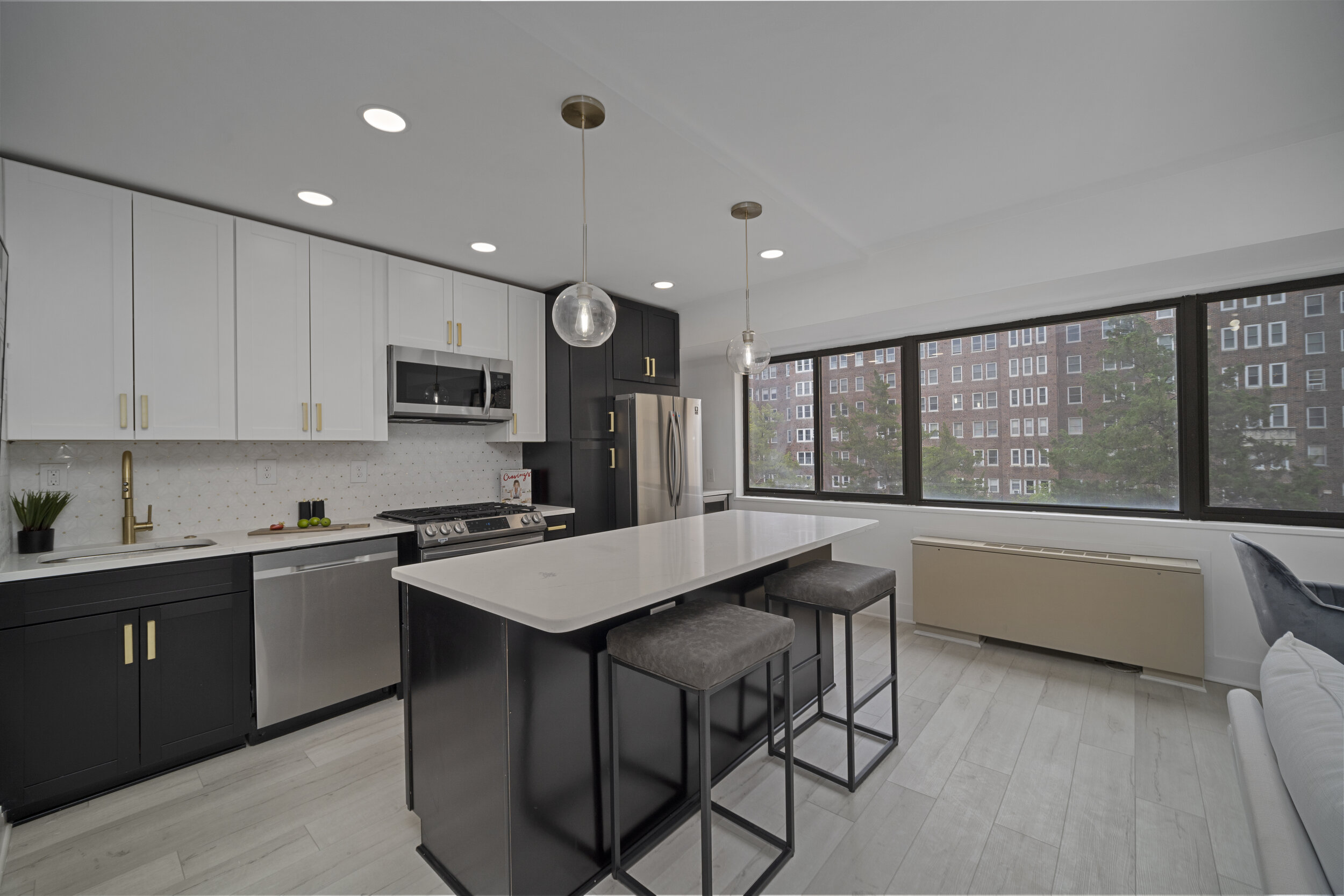The home kitchen is no longer just a place to cook and eat, but has become a focal point of the home, where families gather, entertain, and create memories. As such, kitchen design trends are constantly evolving to meet the changing needs and tastes of homeowners. Here are the top trends in home kitchen design for 2023:
Open-Concept Layouts: Open-concept kitchens are becoming increasingly popular, as they allow for easy interaction with other areas of the home and create a sense of spaciousness. This trend includes the removal of walls between the kitchen and other living spaces, such as the living room or dining room.
Minimalist Design: Minimalism is a key trend in kitchen design, characterized by clean lines, simple shapes, and a lack of ornamentation. This style is perfect for those who want a sleek and modern look, without the clutter.
Textured Finishes: Textured finishes, such as concrete, wood, and stone, are becoming increasingly popular in kitchen design. These finishes add depth and interest to the space, and can be used to create a natural, rustic feel, or a modern, industrial look.
Smart Technology: Smart technology is rapidly advancing and making its way into the kitchen. Homeowners are now able to control their appliances, lighting, and even their kitchen's temperature through their smartphones or voice commands.
Sustainable Materials: Homeowners are becoming increasingly aware of the environmental impact of their choices and are choosing kitchen materials and appliances that are more sustainable. This includes the use of reclaimed wood, low-VOC paint, and energy-efficient appliances.
Multi-functional spaces: Multi-functional spaces are becoming more popular in kitchens. This includes the incorporation of a home office, a coffee bar, or a wine bar, into the kitchen design.
In conclusion, the kitchen is no longer just a functional space, but a place where design and functionality meet. The above trends are just a few of the ways that homeowners are choosing to personalize and upgrade their kitchens in 2023. As always, it's important to choose a design that aligns with your personal style, and meets your functional needs.















